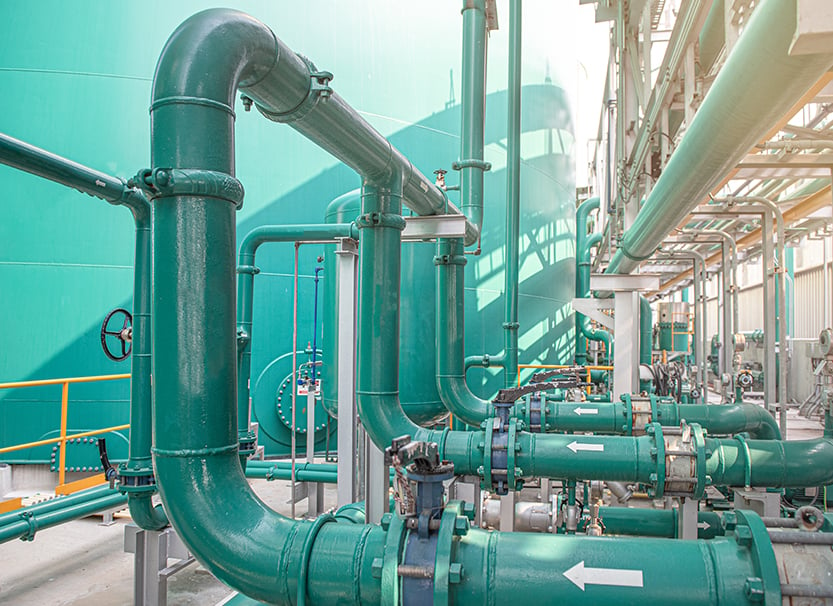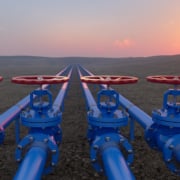
Pipeline and Hazardous Materials Safety Administration Completes Gas “Mega Rule”

On August 24, 2022, the U.S. Department of Transportation Pipeline and Hazardous Materials Safety Administration (PHMSA) published in the Federal Register a final rule entitled Pipeline Safety: Safety of Gas Transmission Pipelines: Repair Criterial, Integrity Management Improvements, Cathodic Protection, Management of Change, and Other Related Amendments (Final Rule). The Final Rule amends PHMSA’s natural gas pipeline safety regulations at 49 CFR part 192 to address the following topic areas: (1) clarification of integrity management (IM) requirements, (2) revisions to management of change processes, (3) updates to corrosion control requirements, (4) the provision of parameters for inspections following extreme weather events, (5) increasing requirements related to IM assessment methods, and (6) updating repair criteria for pipeline anomalies. Some regulatory definitions were modified too in response to these changes.
The Final Rule marks the third and final installment of the so-called Gas Mega Rule that PHMSA first proposed in April 2016 (the Proposed Rule) in response to congressional action following a deadly 2010 gas transmission pipeline explosion in San Bruno, California. Specifically, in 2011, Congress enacted the Pipeline Safety, Regulatory Certainty, and Job Creation Act of 2011, which directed PHMSA to make a number of regulatory changes to improve pipeline safety to ensure that pipelines address that incident’s underlying causes. Subsequent legislation — in 2016, the Protecting Our Infrastructure of Pipelines and Enhancing Safety (PIPES) Act, and in 2020, the PIPES Act of 2020 — placed additional pressure on PHMSA to finalize the Gas Mega Rule while enhancing the agency’s authority to regulate pipeline safety.
To manage the scope of changes in the Proposed Rule, PHMSA divided it into three separate rulemakings. The first of these final rules was published on October 1, 2019, and addressed topics primarily relating to congressional mandates and safety recommendations arising from the San Bruno incident (the 2019 Gas Transmission Final Rule). This included requirements that pipelines verify their systems’ maximum allowable operating pressure (MAOP); expand integrity assessments beyond high-consequence areas, which are locations where people are more likely to be present; consider seismicity; update in-line inspection launcher and receiver safety; report MAOP exceedance; and be subject to strengthened requirements for assessment methods. The second final rule focused on the safety of gas gathering pipelines was published in November 2021.
The Final Rule incorporates some changes proposed by the pipeline industry following publication of the Proposed Rule. However, the majority of adopted changes were made either to reflect and align with changes adopted in the 2019 Gas Transmission Final Rule or to adopt proposals by the Technical Pipeline Safety Standards Committee. The Final Rule is effective May 24, 2023. Certain elements of the Final Rule must be implemented by February 26, 2024.
This post is as of the posting date stated above. Sidley Austin LLP assumes no duty to update this post or post about any subsequent developments having a bearing on this post.



